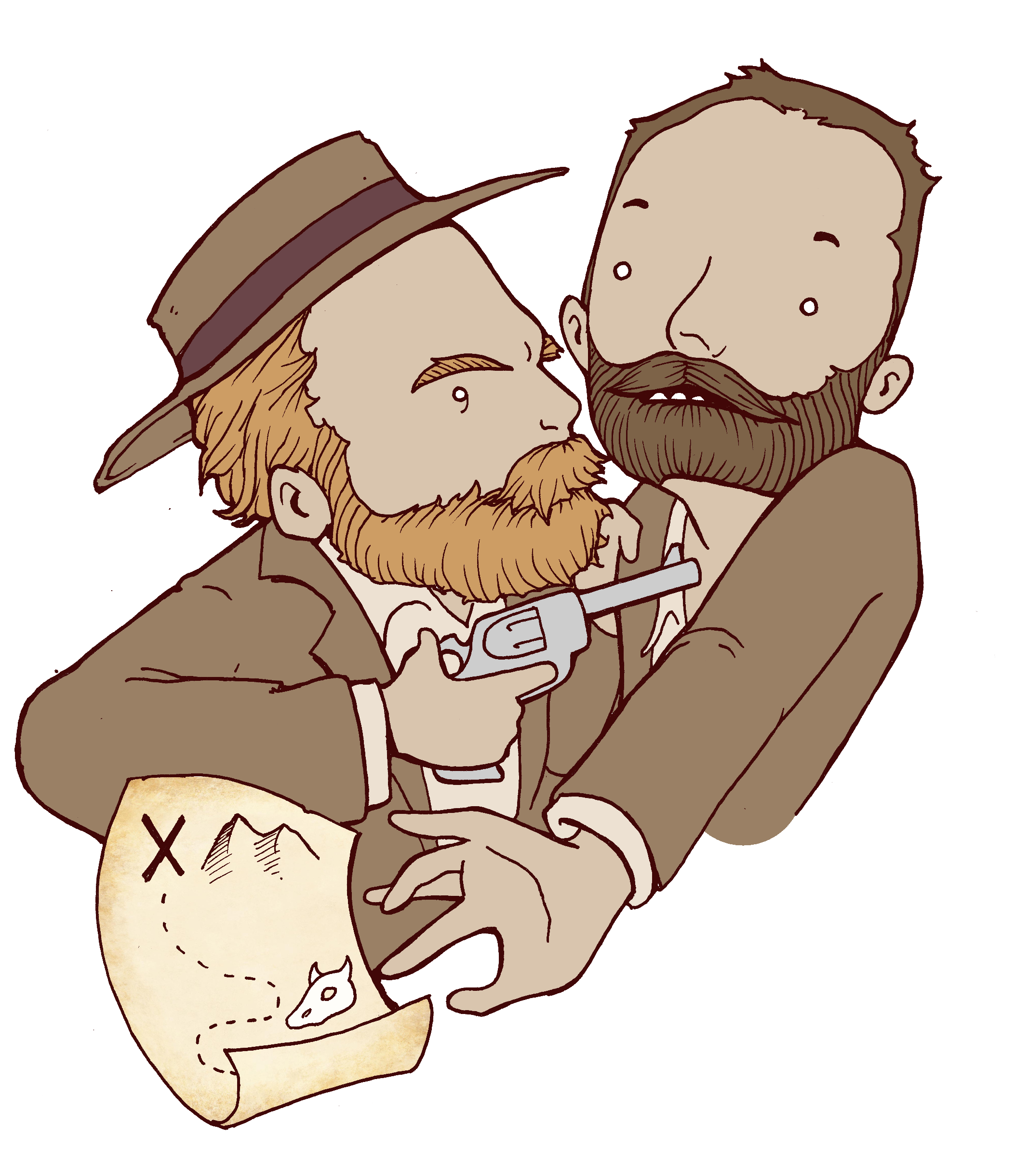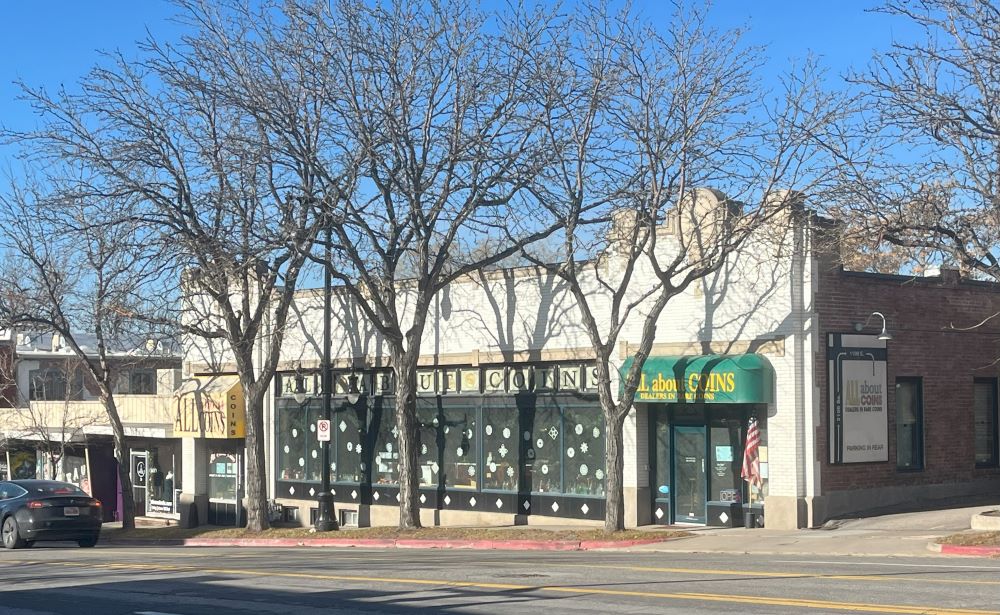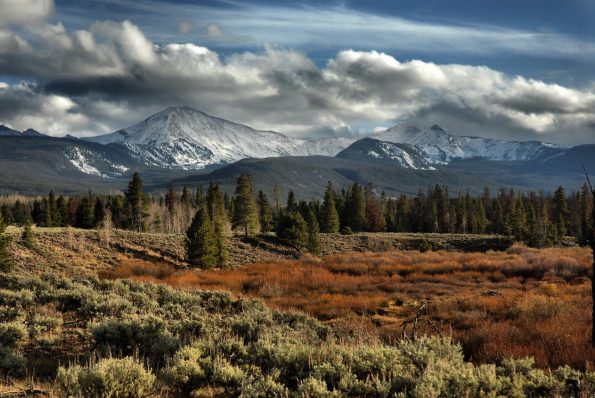
As Bob Campbell explains, “The Book of Mormon was translated from golden plates. Two-thirds of it was sealed so that Joseph Smith could not translate it. Supposedly, the Lost Rhoades mine contains the Book of Mormon’s golden plates and the Sword of Laban. Laban was a Mormon prophet here on the North American Continent.”
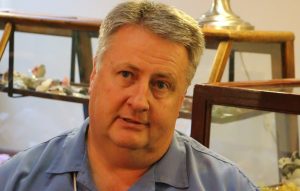
Campbell is a devout Mormon and I’m intrigued and captivated by his words. Three years ago I produced an in-depth research article on the Lost Rhoades Mine, a study referencing Book of Mormon stories, prophets, Brigham Young and Chief Wakara. Some of it could be true, while a good portion is clearly fabricated.
Campbell, who owns All About Coins in Sugar House, has spent his life entertaining stories of treasure seekers who come into his shop as they chase buried treasure supposedly located in the High Uintas. “This is the stuff that movies are made from,” says Campbell.
As I worked on the story, I realized that beyond the folklore, there are a significant number of people who are true believers and who have devoted the better part of their lives attempting to find the Lost Rhoades mine. Campbell’s father-in-law was one such believer.
Campbell sells some coins that were minted in 1858, ostensibly from “Lost Rhoades Mine gold,” which have the chemical signature of gold from the Rocky Mountain region. These coins start at $25,000 for a $5 piece. Roughly 15 books have been written about the Lost Rhoades Mine, and its prestige is nearly as great as the Flying Dutchman Mine in Arizona.
Ken Sanders and Bob Campbell were both good friends with a man named George “Tommy” Thompson, a man who spent the better part of his life seeking the Lost Rhoades Mine and sold books on his findings.
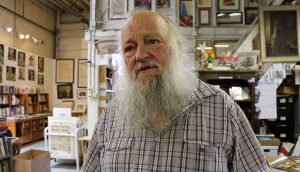
When Sanders owned his iconic shop, Cosmic Aeroplane, in Salt Lake City, shoppers would come in seeking to buy Footprints in the Wilderness. It was a book no publisher would touch because its authors, Gale Rhoades and Kerry Ross Boren, had no references and no substantiation for any of the “history” they were writing about. Eventually, they self-published their work. Sanders tells the story:
“I knew about the book because people bugged me to death about it. I always had ten people wanting every copy I got. So in the mid-1970s, Gale Rhoades, one of the authors, came into the bookstore with this manuscript he had been working on for 10 years. In 1980, my fledgling publishing company, Dream Garden Press, published the newly revised, expanded, twice-as-long, Footprints in the Wilderness – History of the Lost Rhoades Mine, with a wrap-around dust jacket complete with Indians and Mormons and Spaniards and lost treasure, and of course, it came with a treasure map and a gold nugget.”
The book was a huge hit. “They sold like crazy,” Ken says. He printed more and more as future treasure seekers were born. As the Rhoades Mine legend was booming, Kerry Ross Boren elaborated on the legend further by incorporating in his findings that the Lost Rhoades Mine actually contained much more than a gold cache.
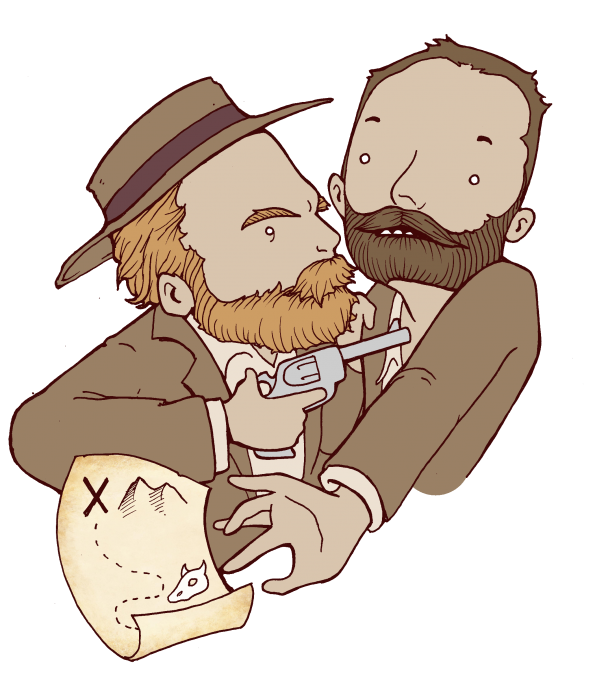
As Campbell explains, “Supposedly, there is enough gold there to pay off the national debt. More gold than has been mined in the world is in this Lost Rhoades Mine. And it’s supposedly not just one vein, but the floors are covered with gold, the walls are covered with gold, the ceiling, too. You’re going into a room that is all gold and it’s protected not just by the Indians but a supernatural force called the Cherubim, which is mentioned in the Old Testament. That’s an angel with a flame and a sword.”
Campbell tells the story with such fervor that it makes you want to believe. I ask him if he has spent much time in the Uintas looking for the Lost Rhoades Mine.
He answers, “I have not, because I don’t believe the story is true.” I pose a similar question to Ken Sanders, “So, have you ever met anybody whom you actually believe has seen the Lost Rhoades Mine?” He answers, “No, I have not. But it’s still one of the greatest legends of all time.”
The most interesting elements of the “legend” are the unexplained findings. While geologists discredit the idea that the high Uintas could contain large natural deposits of gold, how do Campbell and Sanders explain the furnaces that were built by the Spanish to refine gold and silver? And where did the Mormons obtain the gold they used to mint the coins that were processed in 1858, which Campbell sells in his shop as Lost Rhoades Mine gold coins? Both men say they don’t know, and they have no explanation.
I ask Campbell, “Has anyone ever come to your shop with a significant amount of treasure found in the High Uintas?”
“George Thompson showed me something he found with a metal detector,” he says. “It was in the south fork of the Uintas. It was upside down. At first he thought it was a cannonball, but it turned out it to be a pot. In the bottom was gold that had been infused with the cast iron. George estimated that it was over a troy pound of gold, more than 12 ounces, and probably closer to 16 ounces. I held that pot and I saw the gold residue. I believe it was gold.”
However, Thompson also bought gold nuggets and gold bars from Campbell, which Campbell says later showed up in the follow-up book, Faded Footprints, also published by Ken Sanders’ Dream Garden Press. “I knew those items came out of my shop, yet here he was claiming that he found them in the High Uintas.”
Thompson was a convincing story-teller. So much so that he convinced the world-renowned treasure hunter of the early 1980s, Mel Fisher, to come to Utah to find the Lost Rhoades Mine. Fisher came, “And he flew around the Uintas in a black helicopter and organized SCUBA divers to descend into Scout Lake for an underwater entrance to the mine, but he came up empty handed.” Both Mel Fisher and George Thompson are now deceased.
In spite of the hearsay, the hyperbole, and the almost total lack of evidence that the mine exists, there are still believers who continue to write books and promote the Lost Rhoades Mine as historical fact. One such person is Lisa Boran, whose story we will tell in an upcoming interview.
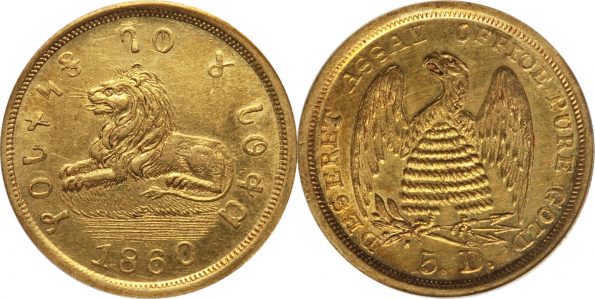
Watch video interviews with Ken Sanders and Bob Campbell here.
Old Camp Floyd
What is the most significant treasure found in Utah in the recent past? Bob Campbell says that 10 miles North of Fairfield, Utah is an area on private property known as “Old Camp Floyd.” It was a short-lived U.S. Army post and stagecoach stop. Not long after the Mormons settled the Salt Lake Valley soldiers were stationed at the camp. They were flush with cash and provisions, but had far too much time on their hands.
To date over 100 gold coins and 200 silver pieces have been found along with thousands of miscellaneous artifacts at the old army camp. Campbell says that right now these items are not for sale, but he’ll soon be writing a story on his findings. Backhoes and metal detectors were used to find the artifacts with seven men on the discovery team. They spent the past twenty years searching and excavating. Their finds were recovered with permission of the land owner.
Another type of excavating called “Night-hawking,” is done by men with metal detectors wearing black clothes and face paint and is done without the permission of landowners. This practice is illegal and Campbell says he would never encourage treasure hunters to conduct this type of clandestine prospecting.

